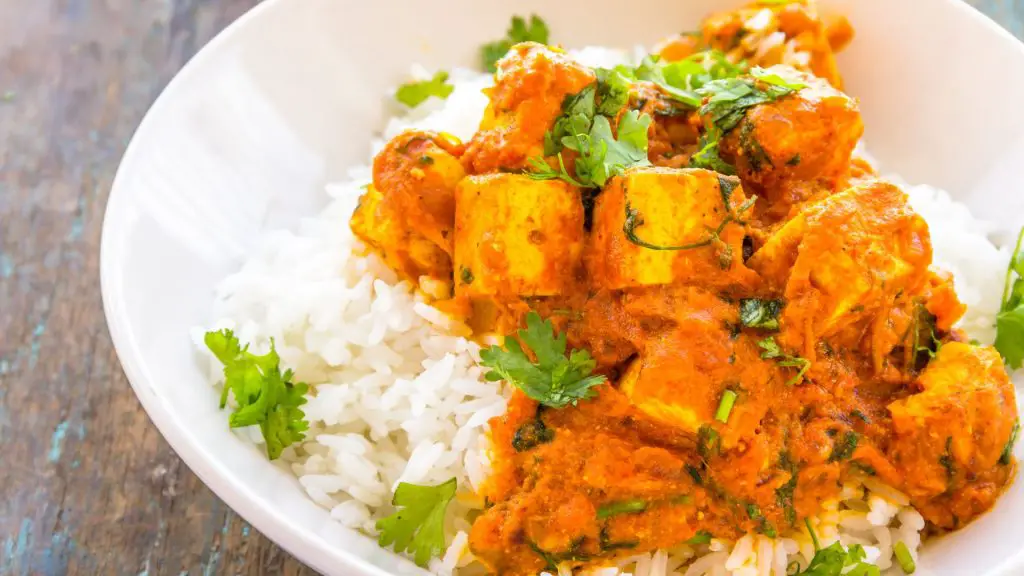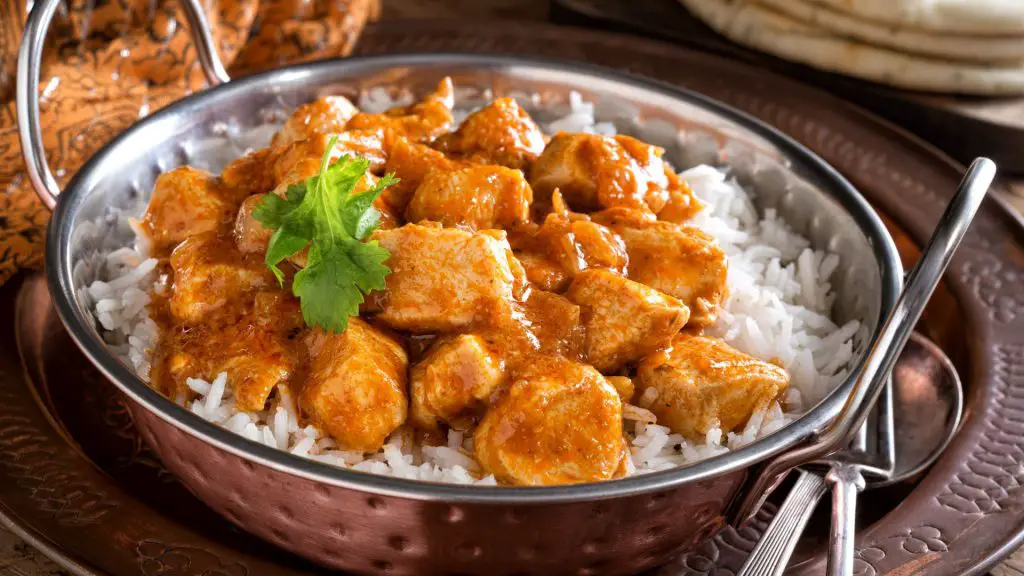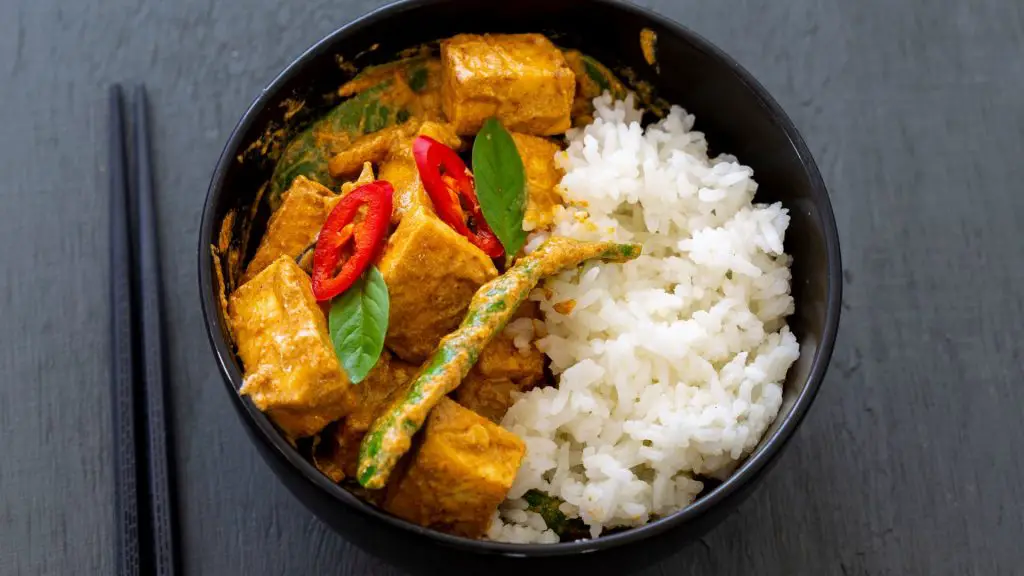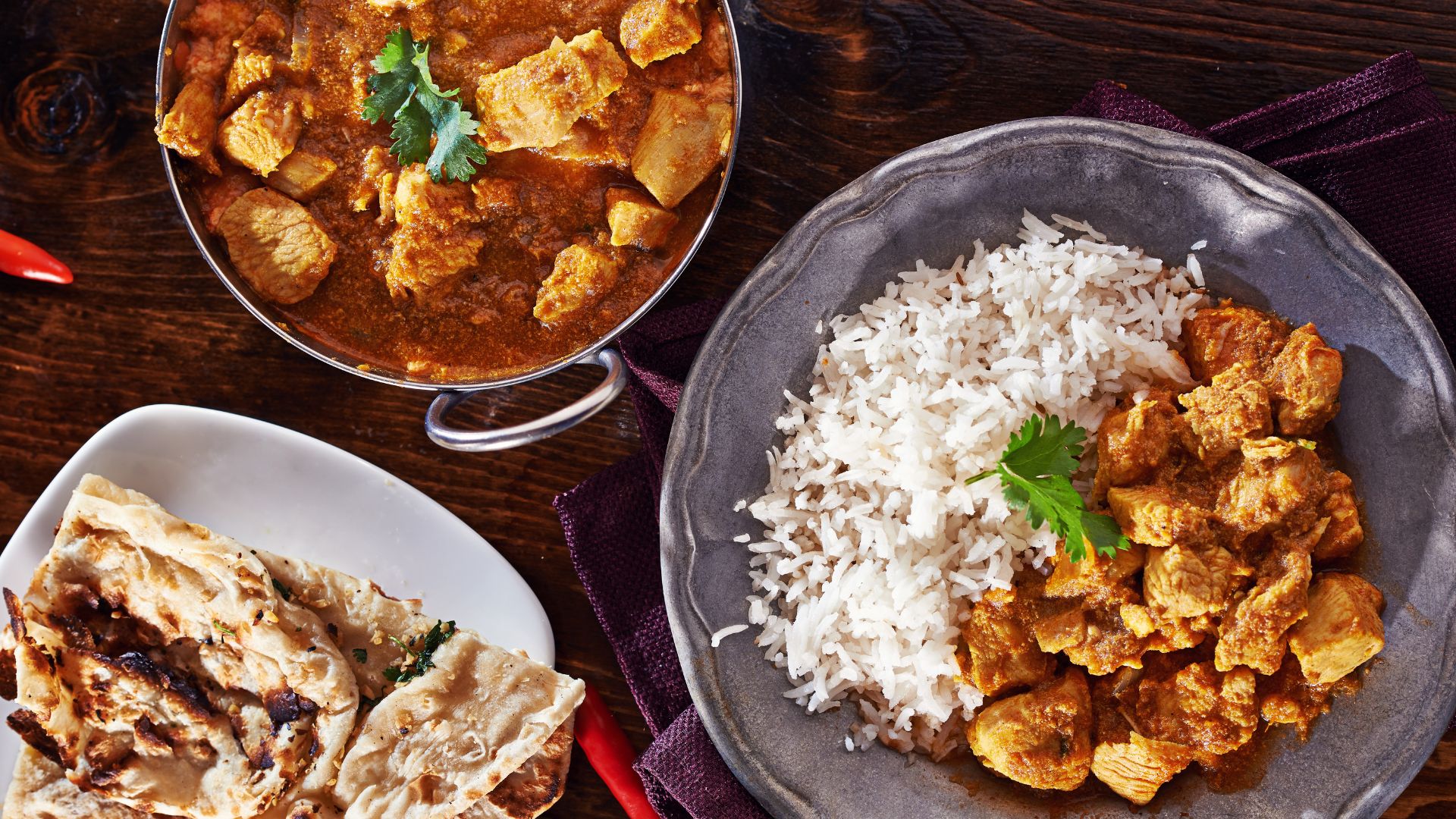Curry is becoming increasingly popular, as it’s an amazing dish. In fact, this delicious dish originated in India and has since spread to other parts of the world, each with its own unique take on the dish.
Traditionally, curry is served with rice or bread, but there has been a long-standing debate on whether or not it’s appropriate to mix the two. Some people swear by the combination, while others find it unappetizing.
This begs the question: should I mix my curry with rice? In this article, we’ll explore this question.
History of Curry

Curry is a dish with a long and fascinating history. It originated in India thousands of years ago and has since spread to other parts of the world, each with its own unique take on the dish.
Curry is often eaten in England, as it's sold in takeaway shops almost everywhere.
There are many take-ups of curry, ranging from spicy to mild, sweet to savory, and everything in between. In India, curry is typically made with a blend of spices, herbs, vegetables, and sometimes meat or seafood. Other countries, such as Thailand, Japan, and Jamaica, have also adopted the dish and infused it in their own special ways.
Traditionally, curry is served with rice or bread, such as naan or roti. In India, rice is commonly served with curry. The combination of curry and rice provides a satisfying and balanced meal, with the rice acting as a neutral base to absorb the rich flavors of the curry.
The introduction of rice as a side dish to curry is thought to have originated in ancient India, where rice was a staple food. Over time, rice became a popular accompaniment to curry, and today, it’s a universal pairing that can be found in countless restaurants and households around the world.
However, the question of whether you should mix your curry with rice still stands.
Nutrition of Curry and Rice

Curry and rice are both nutritious and satisfying foods. They provide a balanced mix of macronutrients, including carbohydrates, protein, and fat, as well as important vitamins and minerals.
Macronutrient Content
Rice is a good source of carbohydrates and relatively low in other macronutrients, making it a good side dish for foods high in protein, like curry.
Health Benefits
Both curry and rice offer a range of health benefits. The spices and herbs used in curries have anti-inflammatory properties and can help boost the immune system.
Rice is gluten-free and easy to digest, making it a good option for people with digestive issues. Additionally, the combination of curry and rice can provide amino acids, making it a great option for vegetarians and vegans.
Nutritional Value
Curry and rice create a balanced and nutrient-dense meal.
Rice provides a good source of carbohydrates and fiber, while curry provides protein, healthy fats, and vitamins and minerals. The combination of the two can create a complete meal that’s rich in macronutrients and micronutrients.
Mixing Curry and Rice

Curry and rice are often served together as a healthy and tasty meal. However, there are differing opinions on whether or not it’s best to mix them.
Here are some reasons for and against mixing curry and rice, as well as different ways to mix them.
Reasons to mix curry and rice
- Flavor: Mixing curry and rice can create a blend of flavors. The rice can help balance out the spice.
- Texture: Mixing curry and rice can create a satisfying texture, giving it a creaminess.
- Nutrition: Mixing the two can provide many nutritional benefits, as previously mentioned.
Arguments against mixing curry and rice
- Tradition: Some people argue that mixing curry and rice goes against tradition, as they’re traditionally served separately.
- Preference: Some people may simply prefer to eat their curry and rice separately, as they enjoy the flavors and textures of each on their own.
- Looks: Some people may think that after mixing the rice with their curry, it looks bad.
Different ways to mix curry and rice
- Mixing together in a bowl: One of the most common ways to mix curry and rice is to simply spoon the curry on top of a bed of rice and mix it together in a bowl.
- Layering: Another way to mix curry and rice is to layer them on top of each other. Start by putting a layer of rice at the bottom of a plate, and then spoon the curry on top. Repeat the layers until you have the desired amount.
- Mixing while cooking: Some people prefer to mix the curry and rice together while cooking. For example, you could add cooked rice to the curry pot towards the end of cooking and let them simmer together for a few minutes.
Overall, there's no right or wrong way to mix curry and rice. It's a matter of personal preference and can be a great way to create a delicious and nutritious meal.
Conclusion: Should I Mix My Curry With Rice?

Generally, mixing curry with rice is up to your personal preference, and it’s best to serve with rice on the side so you can retain the option of being able to mix it.
Curry can also be known as a nutritious and healthy meal, as it’s high in carbohydrates, protein, and fiber. The essential nutrients in a healthy and balanced diet.
Infix PDF Editor Pro Crack is the best PDF program for people who use Windows, Mac, or Linux. This tool works like a word processor and is very easy to use. It gives you strong tools for making deep changes to PDF files.
